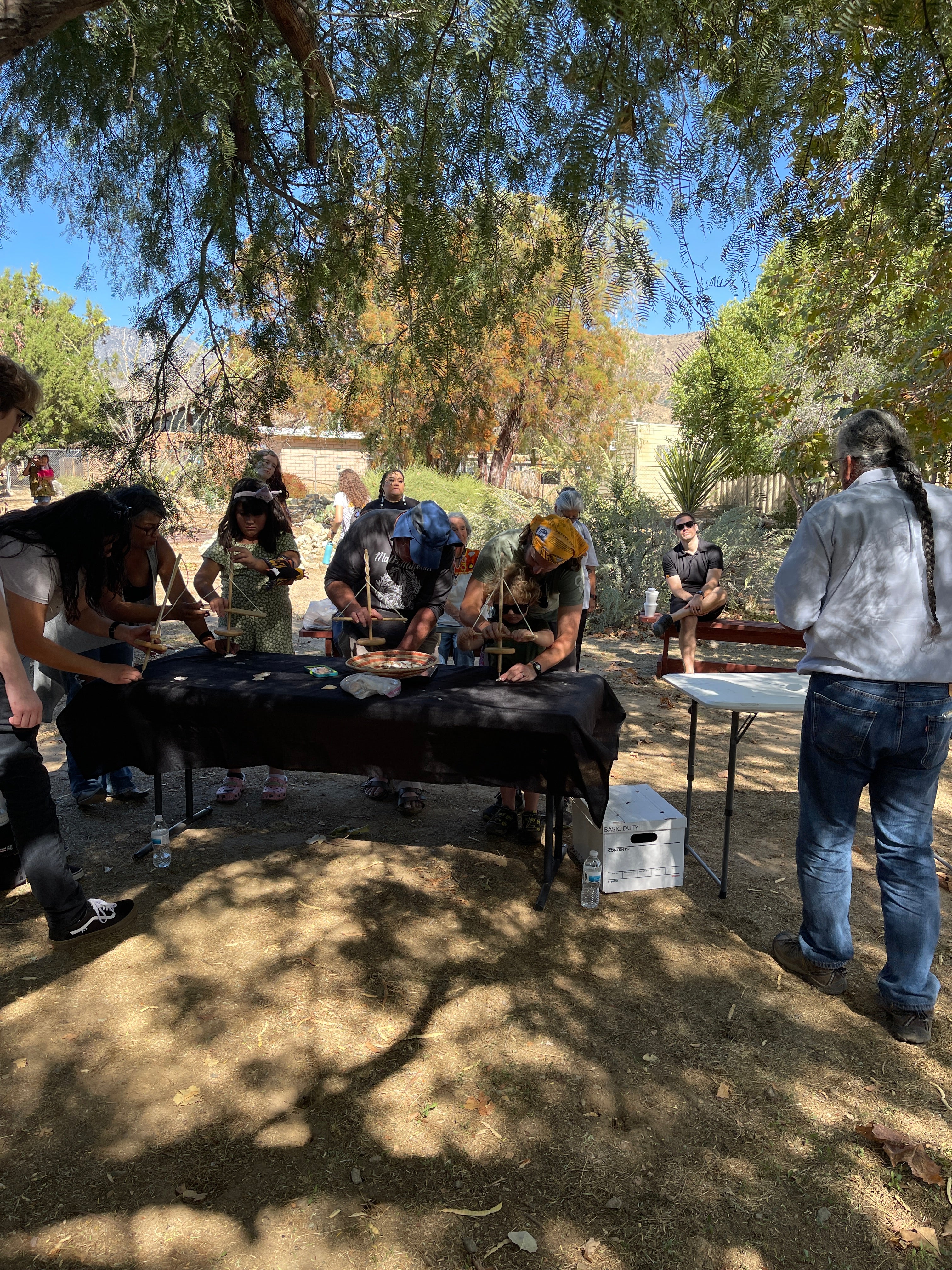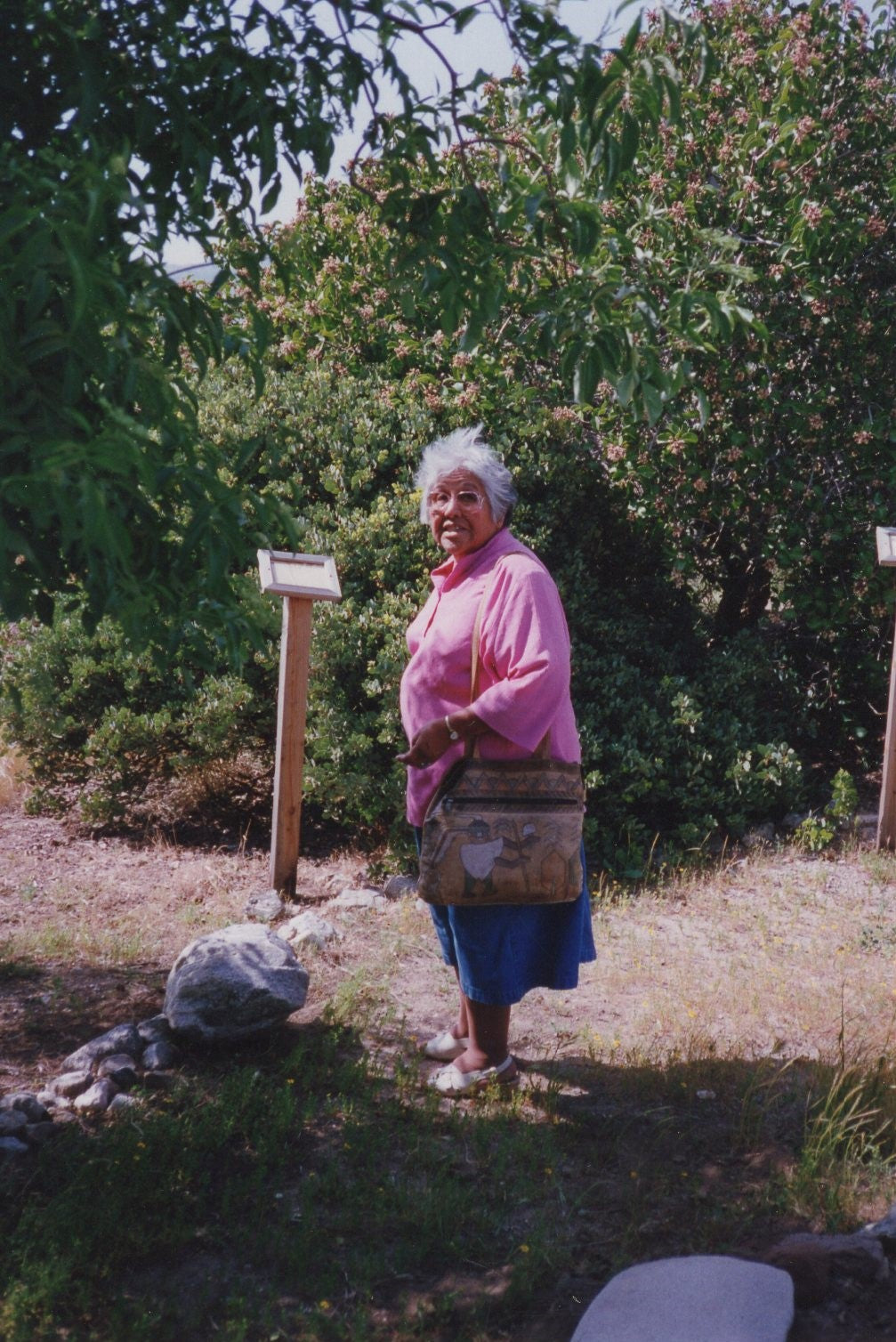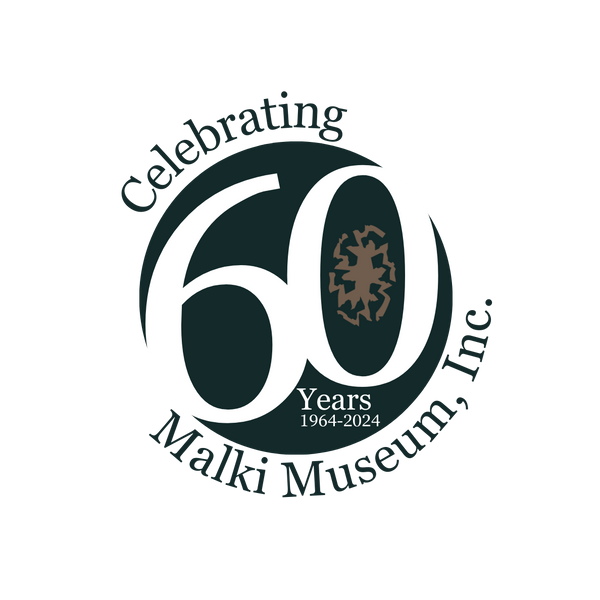Temalpakh Garden
A cure for just about anything can be found in many of the 50 or so plants at the Malki Museum's Ethnobotanical Garden. You can also feed a family, roof a house, or cure a cough with various parts of these plants.
The Malki Museum is the home of an ethnobotanical garden which contains only botanical species used in the daily life of the Cahuilla. It was built and nurtured by dozens of volunteers in response to numerous requests for information about how the Cahuilla Indians utilized plants for food, medicine, clothing, housing, tools, and arts. This unique garden acts as a living illustration to the book Temalpakh: Cahuilla Indian Knowledge and Usage of Plants, by Katherine Siva Saubel and Lowell Bean. Katherine's mother, who was a Cahuilla medicine woman, taught her the traditional plants and their uses, which Katherine later wrote down with the help of anthropolgist Dr. Lowell Bean. The information from this book is used in the self-tour guide for the garden. The term Temalpakh is a Cahuilla word meaning "from the earth".
The garden was re-designed in 1994, and the new demonstration garden, covering roughly 1/4 of an acre, replaced a smaller garden. It incorporated full grown plants from the smaller garden. including jojoba, manzanita, sugarbush, elderberry, desert willow, and ribbonwood. Many of the major plants used by the Cahuilla are represented.
Other remarkable features of the garden include a massive collection of mortars and pestles arrayed along the dry streambed, the occasional visiting roadrunner, and the amazing views of Mount San Jacinto to the South and Mount San Gorgonio to the North.
Our Garden



